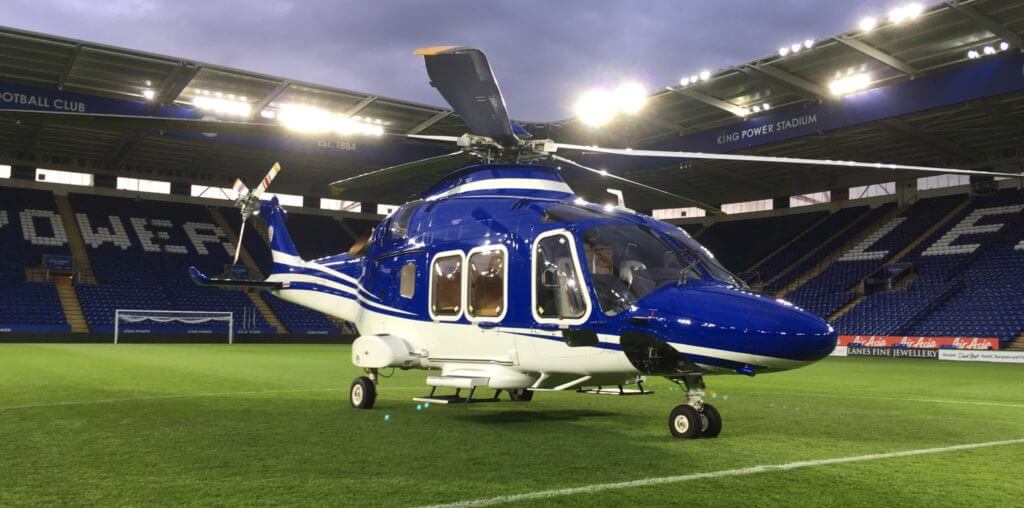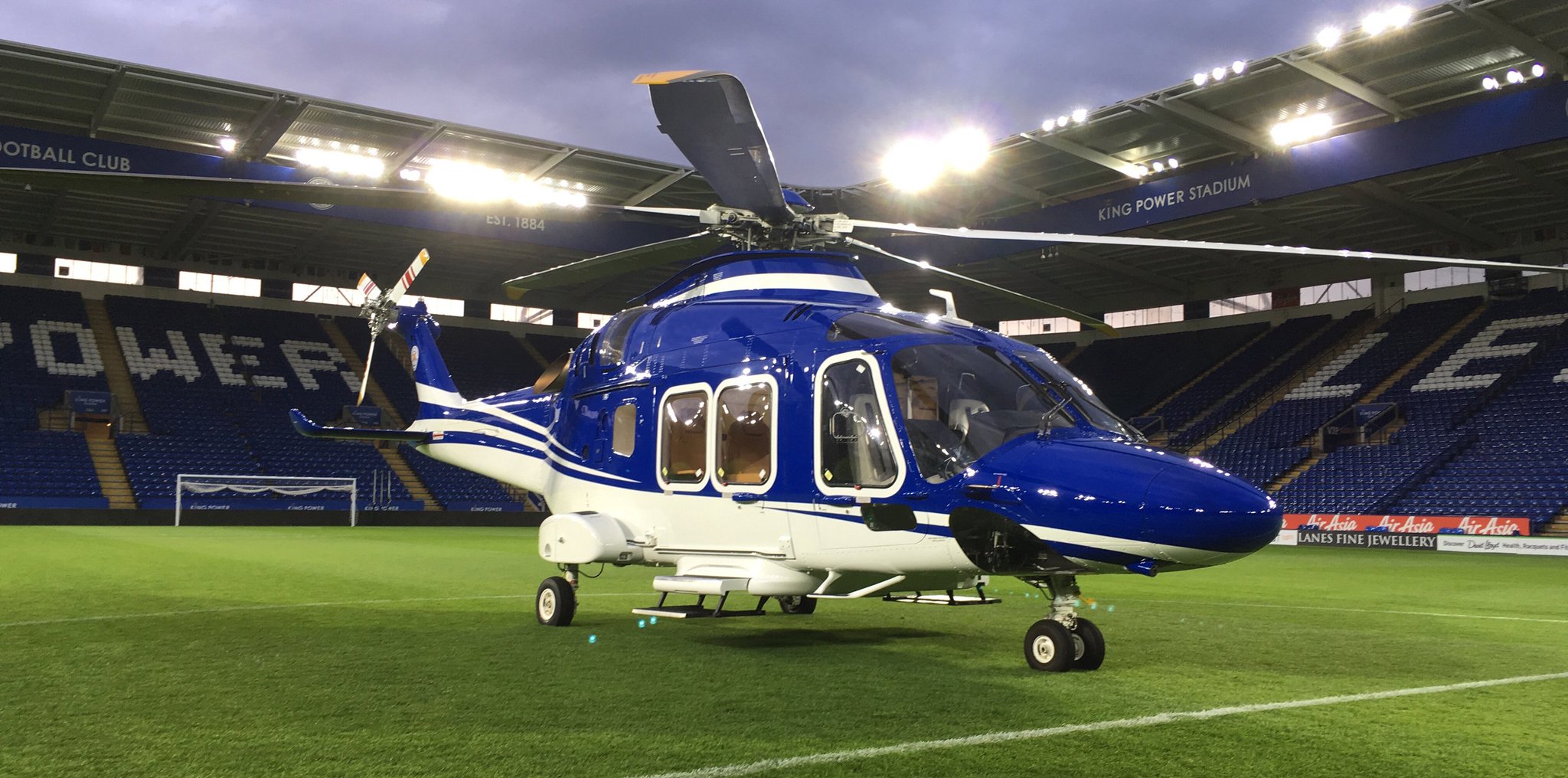The European Aviation Safety Agency (EASA) has ordered operators of Leonardo AW169 and AW189 helicopters to conduct another round of safety checks, as investigators of the fatal crash of an AW169 in Leicester, England, have pinpointed the accident aircraft’s loss of control on a mechanical issue with its tail rotor control system.

In emergency alert service bulletins (169-126 and 189-217) issued on Nov. 30, Leonardo introduced repetitive inspections of the castellated nut that secures the tail rotor actuator control shaft to the actuator lever mechanism, and the tail rotor duplex bearing (every 10 and 30 flight hours, respectively) in the AW169 and AW189. EASA mandated these inspections in an emergency airworthiness directive (AD) issued the same day.
The AW189 is included in the AD because its tail rotor design is similar to that of the AW169.
These inspections follow two earlier ADs, issued Nov. 7 and Nov. 21. The first AD called for AW169 and AW189 operators to check for correct installation of the tail rotor servo-actuator, while the second mandated the inspection and breakaway torque check of the tail rotor duplex bearing, and the inspection and reinstallation of the tail rotor servo-actuator castellated nut.
The ADs were prompted by the fatal crash of an AW169 in Leicester, on Oct. 27. The helicopter was departing Leicester City Football Club’s King Power Stadium when it spun out of control and crashed outside the stadium, killing five people, including Vichai Srivaddhanaprabha, the club’s owner.
In a special bulletin issued Dec. 6, the United Kingdom’s Air Accidents Investigation Branch (AAIB) said the aircraft’s loss of control was caused by its tail rotor actuator control shaft disconnecting from the actuator lever mechanism.
“Disconnection of the control shaft from the lever prevented the feedback mechanism for the tail rotor actuator from operating and the tail rotor actuator from responding to yaw control inputs,” the bulletin states. “Loss of the feedback mechanism rendered the yaw stops ineffective, allowing the tail rotor actuator to continue changing the pitch of the tail rotor blades until they reached the physical limit of their travel. This resulted in an uncontrollable right yaw.”
The AAIB issued the bulletin following a detailed examination of the helicopter’s yaw (tail rotor) control system. It was first inspected at the crash site, where investigators discovered that the input lever mechanism was not attached to the control shaft and a pin, spacers, and one of the locating bearings were missing from the lever.
The locking nut and pin carrier were found loose in the tail rotor fairing and were bonded together. “Sufficient force and torque had been applied to the castellated nut on the actuator end of the control shaft to friction weld it to the pin carrier and to shear the installed split pin,” the bulletin states.
The investigation into the accident continues, with identification of the initiating cause and exact sequence of the failure “a priority” for the AAIB, the organization said.










Can anybody post a copy of the AW189 Part Cat page showing the parts concerned. It is difficult to understand what they are talking about, a diagram would be most helpful. Thanks
If you search the AAIB bulletin S2/2018 SPECIAL
You will get a detailed report with diagram about what they are talking about.
It’s very informative and should lead you to understand what is the primary failure in this scenario…